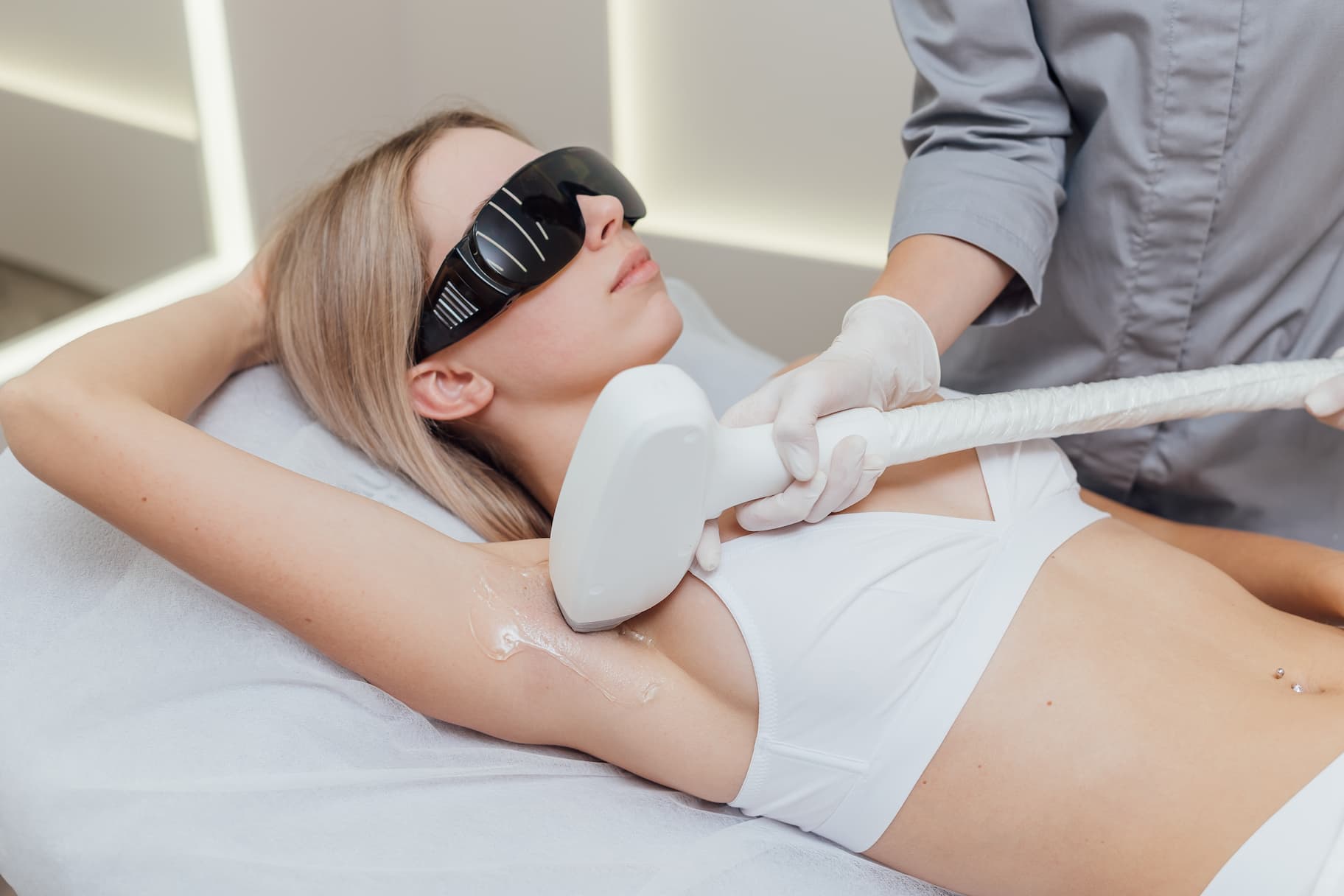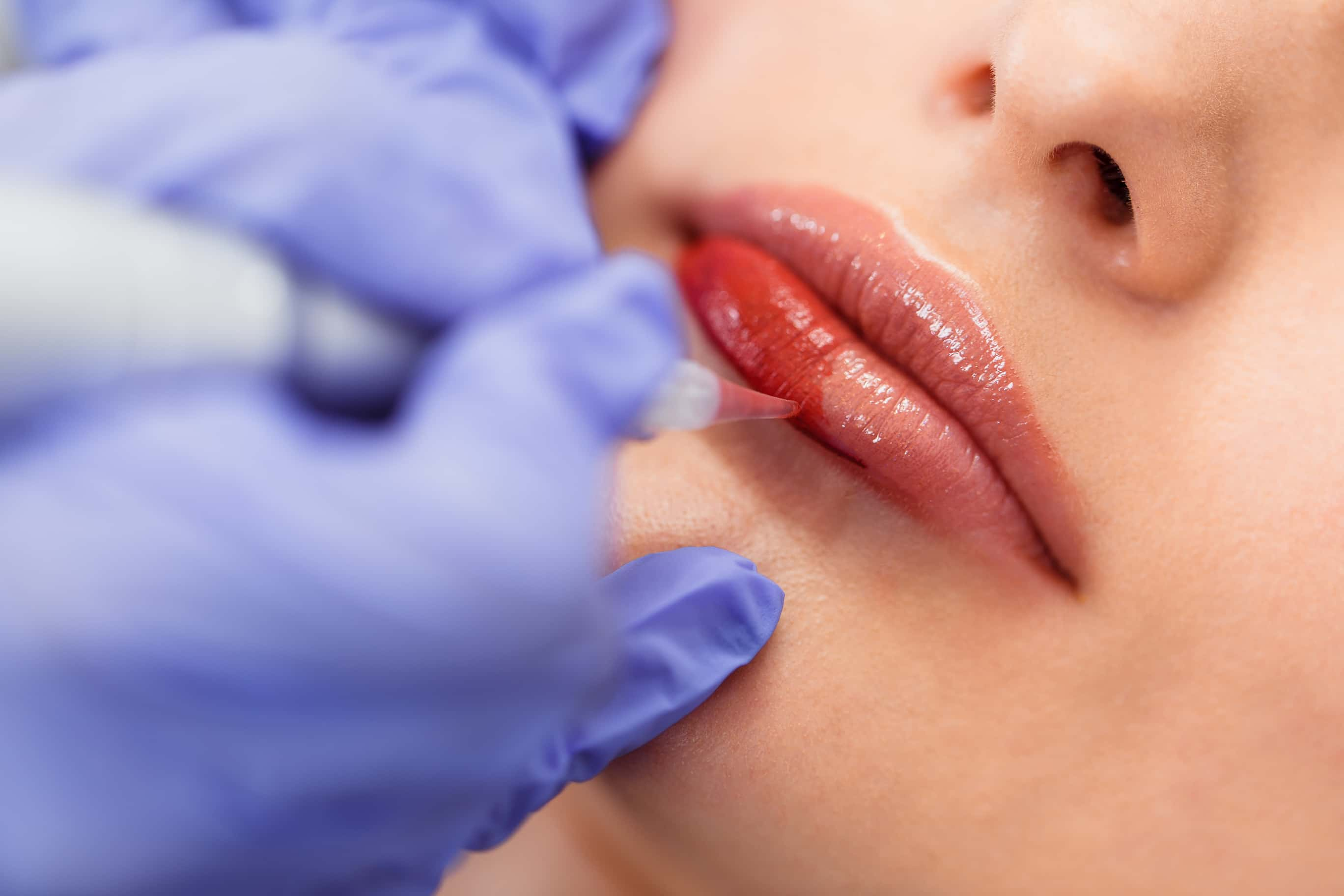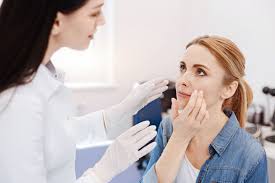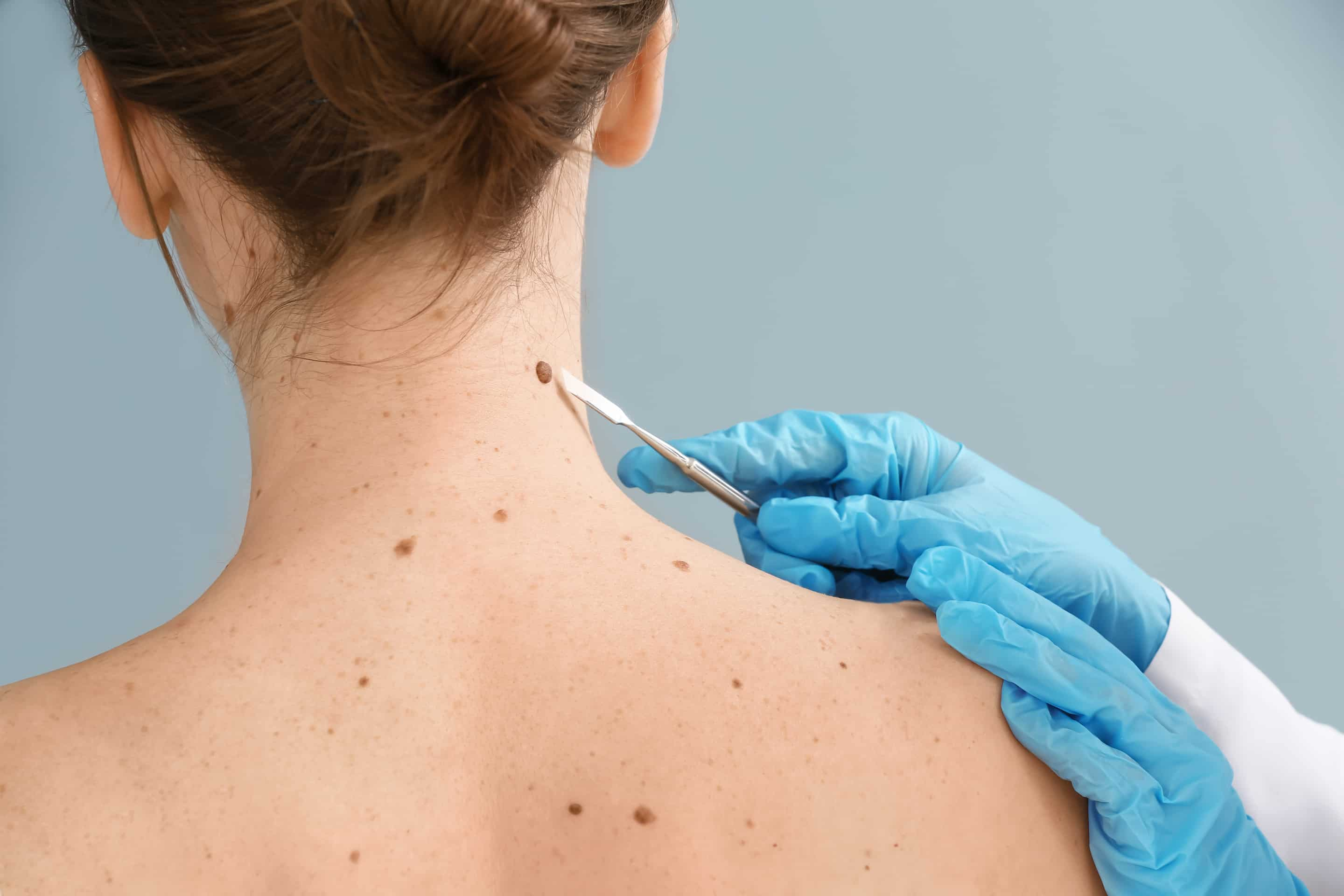
Mole Removal Aftercare
Moles are common skin growths that can appear anywhere on the body. While most moles are harmless, some may need to be removed due to the risk of skin cancer or for cosmetic reasons. Mole removal is a common procedure that involves the surgical removal of a mole or a part of it. Once the mole is removed, it is essential to follow proper aftercare to ensure quick healing and to minimize the risk of infection. In this article, we’ll explore everything you need to know about mole removal aftercare, including what not to do, how long it takes to heal, and how to speed up the healing process.
What Is Mole Removal?
Mole removal is a medical procedure that involves the removal of a mole, also known as a nevus, from the skin. Moles are common and can appear anywhere on the body, and while most are harmless, some may be cancerous or pre-cancerous and require removal. The type of mole removal method used will depend on the size, location, and type of mole.
The most common methods of mole removal include surgical excision, shave excision, and laser removal. Surgical excision involves cutting out the mole and suturing the skin, while shave excision involves shaving off the mole with a scalpel. Laser removal involves using a laser to destroy the mole tissue. The method used will depend on the size, location, and type of mole, as well as the preference of the patient and the doctor.
Mole removal is typically performed by a dermatologist or a plastic surgeon and is usually done on an outpatient basis. The procedure is generally safe and effective, but as with any medical procedure, there are risks and potential complications, such as scarring, infection, bleeding, and nerve damage. It is important to discuss your options with your doctor and understand the risks and benefits of the procedure before undergoing mole removal.
What Not to Do After Mole Removal?
After mole removal, it is crucial to avoid certain activities and behaviors that can slow down the healing process or increase the risk of infection. Here are some things you should avoid doing after mole removal:
Do not touch the area: Avoid touching the area where the mole was removed to minimize the risk of infection.
Do not scratch or pick at the scab: The scab that forms over the mole removal site is a natural part of the healing process. Do not scratch or pick at it as this can slow down the healing process and increase the risk of infection.
Do not expose the area to direct sunlight: Exposure to direct sunlight can slow down the healing process and increase the risk of scarring. Wear protective clothing or use sunscreen to protect the area from the sun.
Do not submerge the area in water: Avoid submerging the area in water, including swimming pools, hot tubs, and baths, for at least two weeks after the procedure. Do not apply makeup or lotions: Do not apply makeup or lotions to the area until it has fully healed.
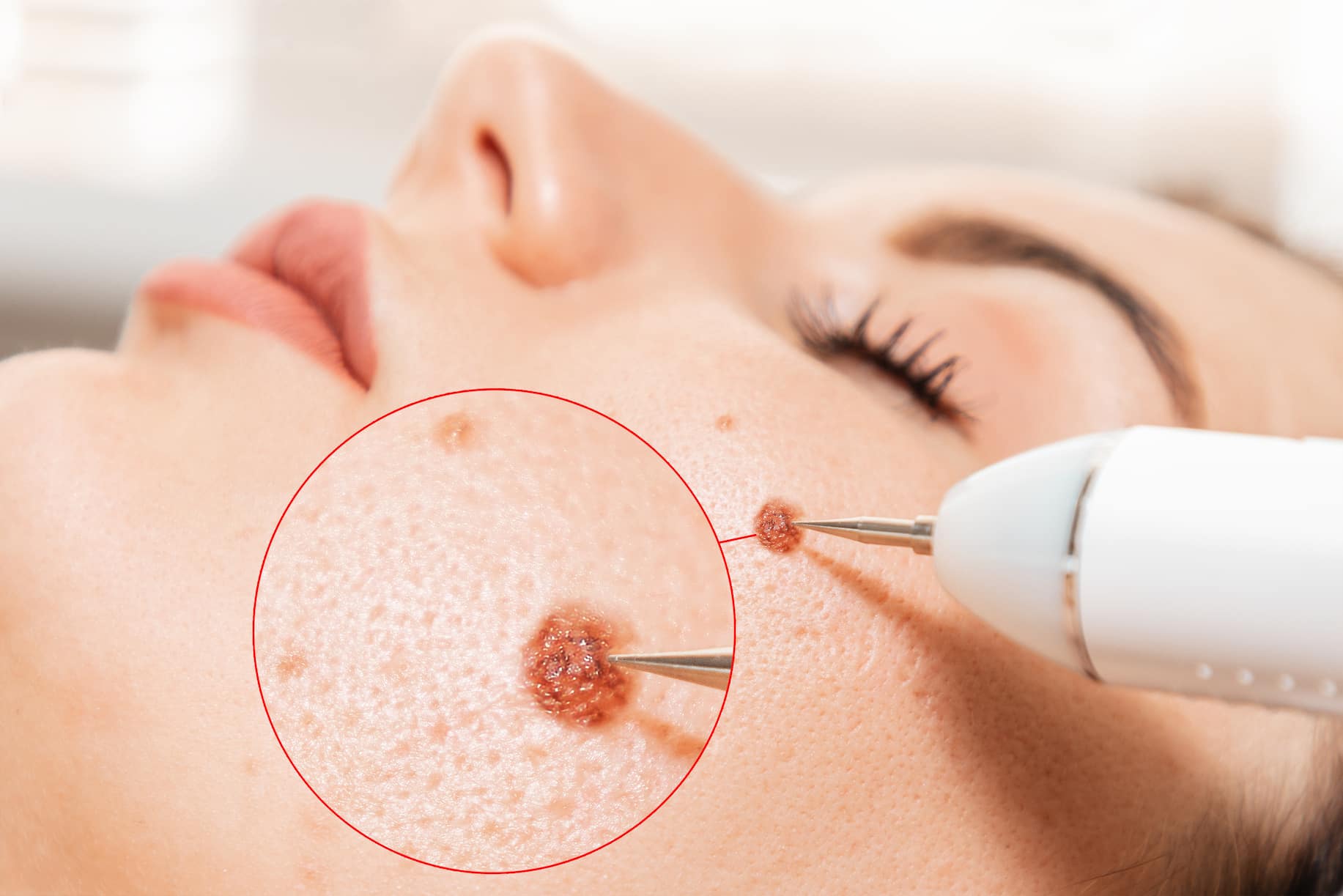
How Do You Take Care of Your Skin After Mole Removal?
Proper aftercare is essential after mole removal to ensure quick healing and to minimize the risk of infection. Here are some tips for taking care of your skin after mole removal:
Keep the area clean: Clean the area gently with mild soap and water twice a day. Pat the area dry with a clean towel.
Apply an antibiotic ointment: Apply an antibiotic ointment to the area twice a day to prevent infection.
Cover the area with a bandage: Cover the area with a sterile, non-stick bandage to protect it from bacteria and irritants. Change the bandage at least once a day, or more frequently if it becomes wet or dirty.
Avoid strenuous activity: Avoid strenuous activity and exercise for at least a week after the procedure, as this can increase blood flow to the area and slow down the healing process.
Eat a healthy diet: Eating a healthy, balanced diet can help speed up the healing process. Make sure to include plenty of fruits and vegetables, lean protein, and whole grains in your diet.
Keep the area moisturized: Keep the area moisturized with a gentle, fragrance-free moisturizer to prevent dryness and itching.
Attend follow-up appointments: Attend any follow-up appointments scheduled by your doctor to monitor the healing process and check for signs of infection or other complications.
Stages of Mole Removal Healing
The healing process after mole removal can be divided into three stages: inflammation, scabbing, and healing.
Inflammation: Inflammation is the first stage of the healing process and occurs immediately after the procedure. The area will be swollen, red, and tender, and this is a natural response to the trauma of the procedure. You may also experience some pain or discomfort in the area. To reduce inflammation, your doctor may recommend applying ice packs to the area for 10-15 minutes at a time, several times a day.
Scabbing: Scabbing is the second stage of the healing process and occurs after a few days. A scab will form over the mole removal site, which protects the area while new skin cells grow underneath. Do not scratch or pick at the scab, as this can slow down the healing process and increase the risk of infection.
Healing: The final stage of the healing process is when the scab falls off, revealing new skin underneath. The area may still be pink or slightly discolored, but this will fade over time. Make sure to keep the area clean and moisturized during this stage to promote quick healing.
Before and After Mole Removal
Before mole removal, it is important to discuss your options with your doctor and understand the risks and benefits of the procedure. Your doctor may recommend mole removal if the mole is suspected to be cancerous or pre-cancerous, or if it is causing discomfort or cosmetic concerns. The type of mole removal method used will depend on the size, location, and type of mole.
After mole removal, it is important to follow proper aftercare to ensure quick healing and minimize the risk of infection. Keep the area clean, apply an antibiotic ointment, and cover the area with a bandage. Avoid scratching or picking at the scab, and avoid direct sunlight or water for at least two weeks after the procedure. Attend any follow-up appointments scheduled by your doctor to monitor the healing process and check for signs of infection or other complications.
The Study of Mole Removal Aftercare
A recent study published in the Journal of Dermatologic Surgery investigated the outcomes of 500 patients who underwent different methods of mole removal. The study compared surgical excision, shave excision, and laser removal to assess their effectiveness, complications, and patient satisfaction. The results indicated that surgical excision had the lowest complication rate, but shave excision and laser removal were associated with shorter healing times and reduced scarring. This study offers valuable insights into the various mole removal methods and their respective outcomes, aiding both patients and healthcare providers in making informed decisions regarding mole removal procedures.
How Can I Speed Up the Healing of a Mole Removal?
While the healing process after mole removal can take several weeks, there are several things you can do to speed up the healing process:
Eat a healthy diet: Eating a healthy, balanced diet can help speed up the healing process. Make sure to include plenty of fruits and vegetables, lean protein, and whole grains in your diet.
Stay hydrated: Drinking plenty of water can help keep your skin hydrated and promote quick healing.
Avoid smoking: Smoking can slow down the healing process and increase the risk of infection. If you smoke, try to quit or at least avoid smoking for at least two weeks after the procedure.
Get plenty of rest: Resting and avoiding strenuous activity can help speed up the healing process.
Follow proper aftercare: Follow the proper aftercare instructions provided by your doctor to promote quick healing and minimize the risk of infection.
It is important to note that if you experience any unusual symptoms or signs of infection, such as redness, swelling, discharge, or fever, you should contact your doctor immediately.
Healthy Türkiye Notes
Mole removal aftercare is an important aspect of the mole removal procedure. By following proper aftercare instructions, you can promote quick healing, minimize the risk of infection, and achieve the best possible outcome. It is important to discuss your options with your doctor and understand the risks and benefits of the procedure before undergoing mole removal. If you have any concerns or questions about mole removal or aftercare, be sure to speak with your doctor for guidance and support.

